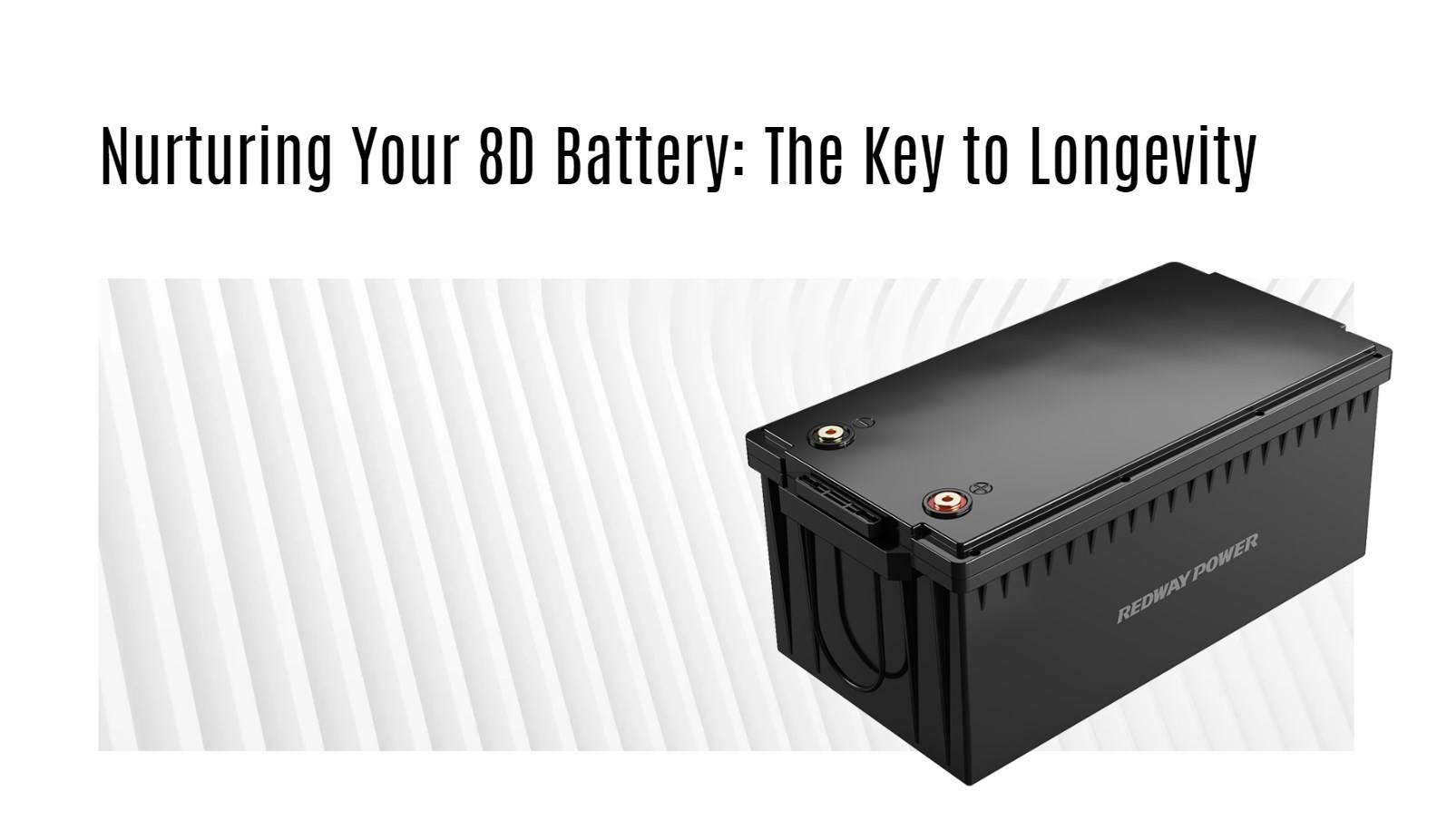Understanding
8D batteries, particularly lithium variants, is essential for anyone considering an upgrade or new installation in applications like marine, RV, or off-grid systems. These batteries offer numerous advantages, including high capacity, lightweight design, and longer lifespan compared to traditional lead-acid batteries.
What Are the Key Features of 8D Batteries?
8D batteries are characterized by their large size and high capacity, typically ranging from
200 to over 300 ampere-hours (Ah). Key features include:
- Robust Construction: Designed to handle deep discharges and high current demands.
- High Power Output: Capable of delivering significant power for demanding applications.
- Versatility: Suitable for various uses, including starting engines and providing backup power.
Key Features Overview
| Feature | Description |
|---|
| Capacity | Typically ranges from 200 to over 300 Ah |
| Construction | Built with thick plates for durability |
| Power Output | High current delivery capability |
How Do 8D Batteries Compare to Other Battery Types?
When comparing
8D batteries to other types such as lead-acid or smaller lithium batteries:
- Energy Density: Lithium versions provide higher energy density in a lighter package.
- Lifespan: Lithium batteries can last up to 10 years, while lead-acid typically lasts only 3 to 5 years.
- Maintenance Needs: Lithium batteries require minimal maintenance compared to lead-acid counterparts.
Comparison Overview
| Feature | Lead-Acid | Lithium (LiFePO4) |
|---|
| Lifespan | 3 – 5 years | Up to 10 years |
| Weight | Heavier | Lighter |
| Maintenance | Requires regular care | Low maintenance |
What Are the Benefits of Using 8D Lithium Batteries?
The benefits of upgrading to an
8D lithium battery include:
- Weight Savings: Lithium batteries are significantly lighter than lead-acid options.
- Faster Charging: They can charge up to five times faster than traditional batteries.
- Higher Efficiency: LiFePO4 batteries have a higher depth of discharge without damaging the battery.
Benefits Overview
| Benefit | Description |
|---|
| Weight Savings | Lighter than lead-acid |
| Faster Charging | Charges significantly quicker |
| Higher Efficiency | Can discharge deeper without damage |
How Do You Choose the Right 8D Battery for Your Needs?
Choosing the right battery involves several considerations:
- Application Requirements: Assess your power needs based on usage patterns.
- Compatibility: Ensure that the battery fits your existing system specifications.
- Brand Reputation: Opt for well-reviewed manufacturers known for quality products.
Choosing Criteria
| Criterion | Considerations |
|---|
| Application | Match with expected usage |
| Compatibility | Ensure fit with existing systems |
| Brand Reputation | Research manufacturer reliability |
What Is the Cost Range for 8D Batteries?
The cost range for
8D batteries varies based on factors such as capacity and brand:
- Smaller capacities can start around $500, while larger systems may reach up to $3,000 or more.
- Prices can fluctuate based on market demand and material costs.
Cost Overview
| Capacity (Ah) | Average Price Range |
|---|
| Standard Lead-Acid | $200 – $800 |
| Lithium (LiFePO4) | $500 – $3,000 |
Expert Views
“Upgrading to an
8D lithium battery system can significantly enhance performance while reducing long-term costs,” states energy consultant Dr. Emily Carter. “Understanding their features and benefits is crucial for making informed decisions.”
FAQ Section
- Can I mix different types of batteries in my system?
It’s generally not recommended due to differing charging characteristics. - What should I do if my battery shows signs of swelling?
Stop using it immediately and consult a professional for disposal or replacement. - Is it safe to charge my battery overnight?
Yes, but ensure you use a smart charger that prevents overcharging.









